This series introduces the global trend of sports marketing going digital ( Part 1 ) and proposes a "system of mutual attraction" to maximize the growth potential of Japan's sports market.
As a real-world example, we introduced the official J.LEAGUE app " Club J.LEAGUE," developed by Dentsu Inc. in collaboration with the J.LEAGUE and sponsor companies ( Part 2 ).
Part 1: Five Reasons Digital Marketing is Essential for Japan's Sports Industry
Part 2: Creating New Fans with Fan Passion! The Strategy of the J.LEAGUE Official App
Then, focusing on the key to achieving a win-win-win for the J.LEAGUE, supporters, and sponsor companies—the sponsor companies themselves—we explained the actual service development process ( Part 3, Part 4 ).
Part 3: What is the "Triple Win" Accelerating J.LEAGUE's Digital Marketing?
Part 4: Can Content Become a "Marketing Tool" for Sponsor Companies?
In this final installment,
・The results and challenges gained from actually developing and operating the J.League Official App
.
<Table of Contents>
▼Six Achievements Gained from Six Months of App Operation
① Achieved #1 ranking solely through PR impact
② High ratings in app stores
③ Sustained High Active User Rate
④ Acquiring New Customers Through "Invite and Be Invited"
⑤ Driving traffic to sponsor companies' physical stores
⑥Sponsor companies running their own campaigns within the app
▼Two Challenges for Further Scaling the Service
① Addressing widening disparities between clubs beyond mere customer acquisition numbers
② Core fans not participating in loyalty programs
▼Potential for Fan Marketing Leveraging Digital Content
Six Achievements Gained from Six Months of App Operation
Since launching Club J.LEAGUE in August 2017, we have operated the service for approximately six months. Here, we introduce six notable events from the perspective of Club J.LEAGUE's strategy and service design principles.
Achievement ①: Reaching #1 Ranking Through PR Effect Alone
Club J.LEAGUE launched in August 2017 with press releases issued by the J.LEAGUE, Meiji Yasuda Life Insurance, and Dentsu Inc. It then rapidly spread across sports news media and social networks. Without any paid advertising, it reached the #1 spot in the App Store's "Sports" category (Free Apps). The service continued to expand steadily, achieving 100,000 downloads within three months of launch.
Even based on my experience developing corporate digital services, this is an extremely rare case. The users reached solely through PR were primarily core J.LEAGUE fans, highlighting just how quickly these dedicated fans responded.
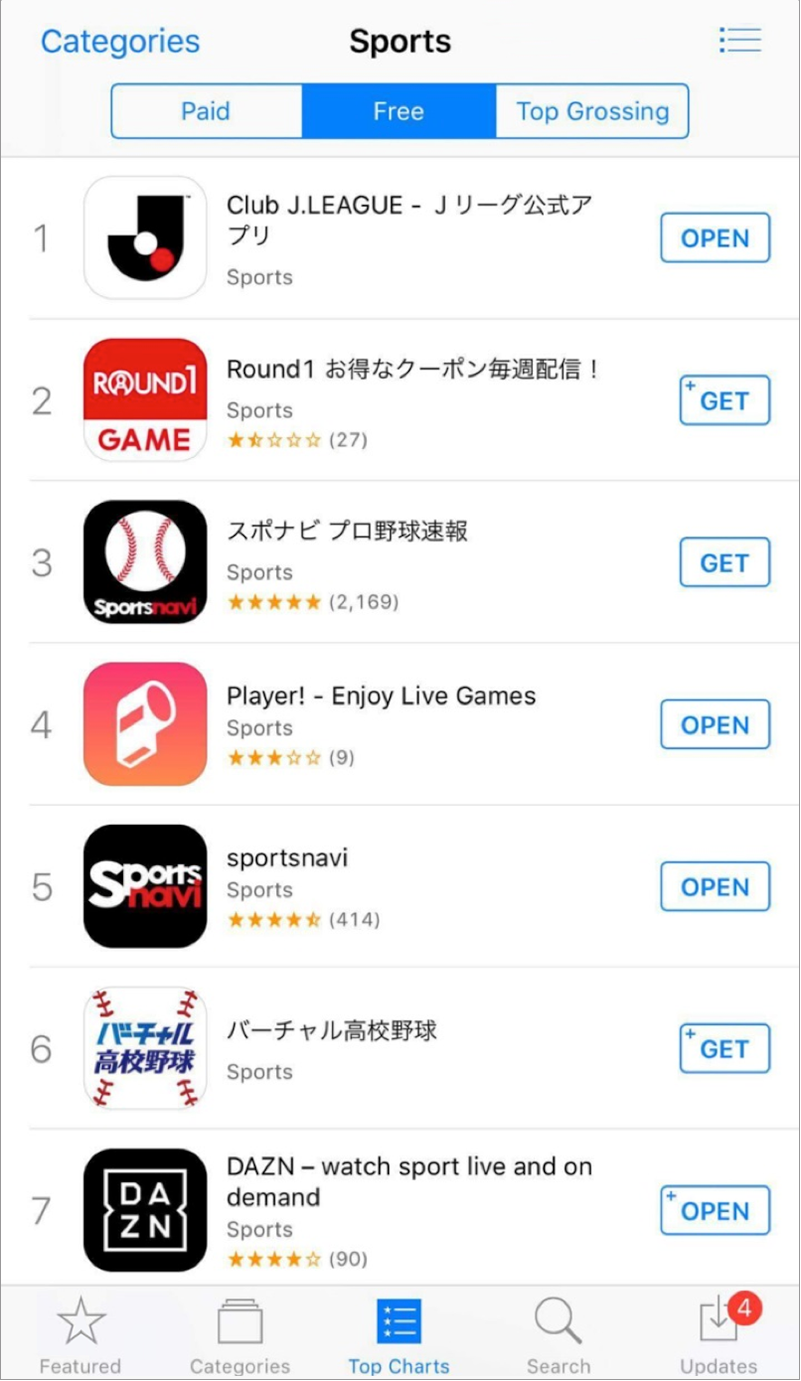
Figure 1: Achieved the #1 ranking in the App Store's "Sports" and "Free" categories without any advertising.
Achievement ② High Ratings in the App Market
The iOS version of the Club J.LEAGUE app has received nearly 6,000 reviews on the App Store and, as of January 2018, holds a high rating of 4.4 points (out of 5.0).
While app market ratings alone cannot fully evaluate an app's quality, the UI/UX born from our development strategy of "systematizing fan marketing" appears to be well-received by users at this stage.
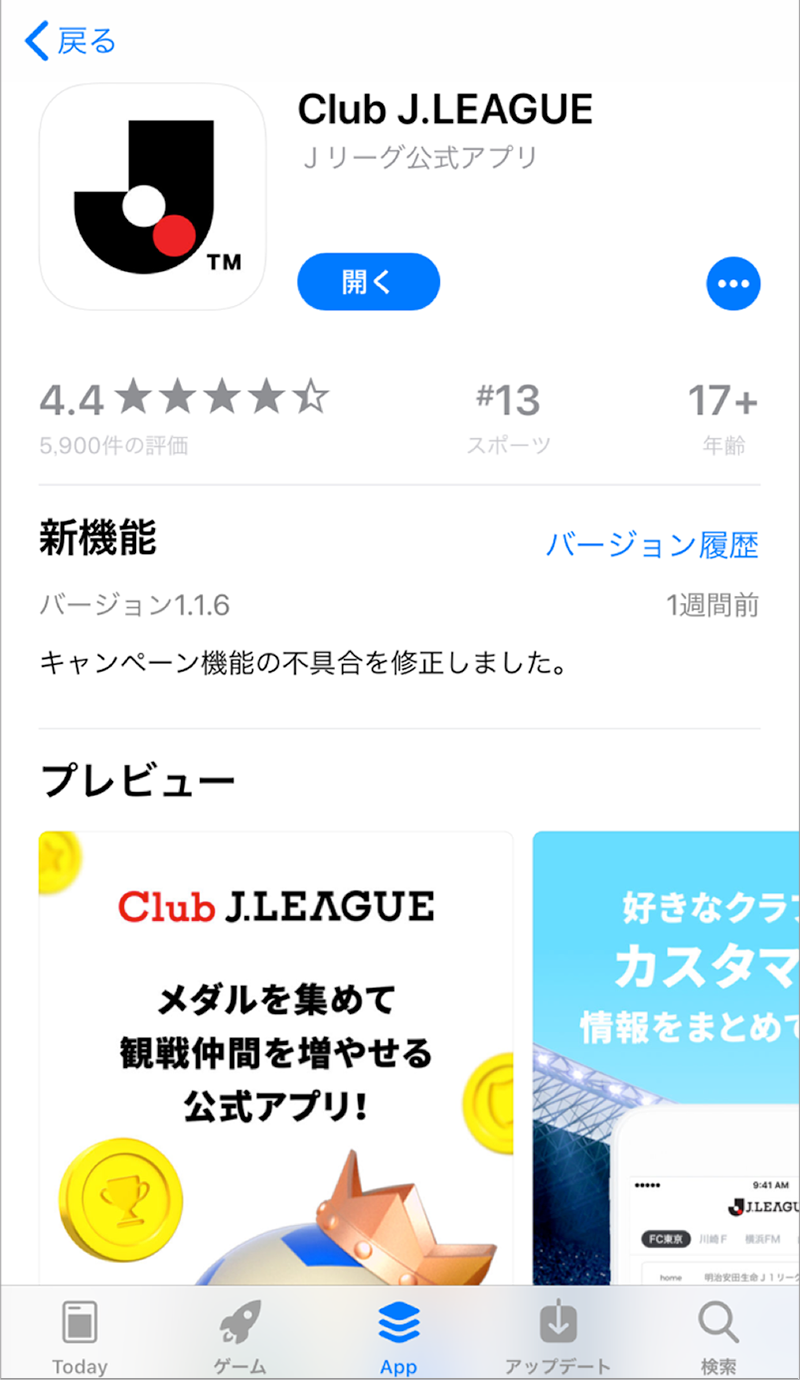
Figure 2: The App Store has gathered over 6,000 reviews and achieved a high score of 4.4 points.
Achievement 3: Sustained High Active User Rate
Figure 3 shows the trend in MAU (Monthly Active Users) and MAU rate from the launch period in August 2017 through November, the end of the J.League season.
The number of active users steadily increased month by month, while the active rate remained consistently high at nearly 75%. This indicates that users who initially engaged with the service (primarily assumed to be core fans) continued to use it consistently.
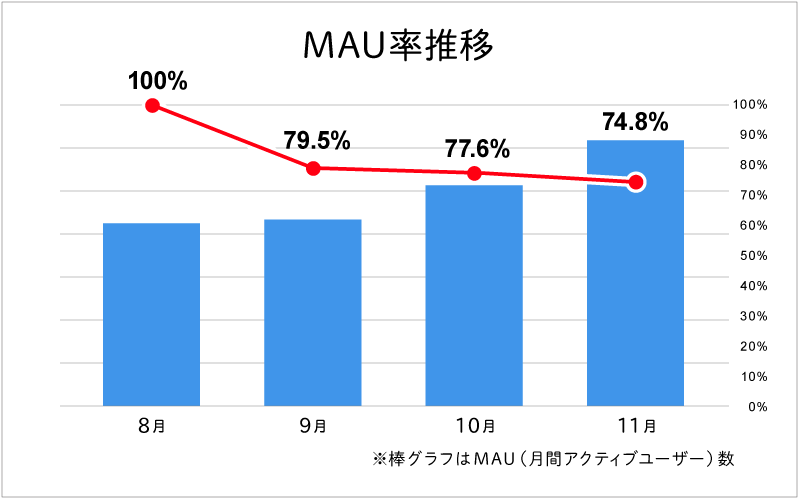
Figure 3: It is evident that a significant portion of users who installed the app are using it consistently over the long term.
Result 4: Acquiring New Customers Through "Inviting and Being Invited"
Club J.LEAGUE introduced the "Meiji Yasuda Life J.League Challenge" (J-Challenge) feature as a core content element to foster "inviting and being invited" ( refer to Part 2 of the series ). This was developed with the cooperation of Meiji Yasuda Life, the J.League's title partner.
This feature allows users to collect medals through stadium check-ins and other activities. Once three medals are collected, users can enter a challenge to win J.League pair tickets. If successful, they can then invite a new user to attend a match.
In 2017, the program offered several thousand tickets. Nearly all tickets across J1, J2, and J3 leagues were redeemed, and the "invite-and-be-invited structure"—where men typically invite and women are invited—was clearly visualized in the data.
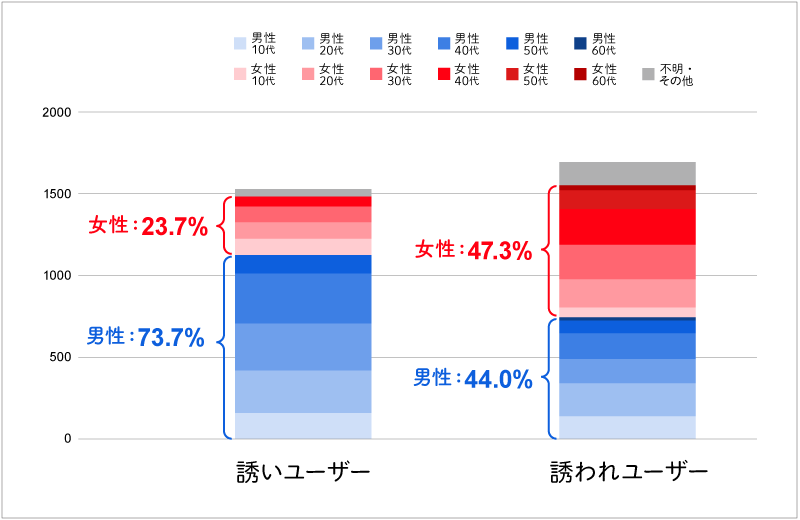
Figure 4: Blue indicates male users, red indicates female users by age group. Data on the previously intuitive "inviter-invitee" dynamic has been accumulated and visualized.
Additionally, a web survey revealed that approximately 80% of users who obtained pair tickets through the Meiji Yasuda Life J.League Challenge actually visited the stadium. This exceeds the typical attendance rate for general invitation tickets, providing numerical evidence that "being invited by a core fan makes people more likely to attend."
Result ⑤ Driving Traffic to Sponsor Companies' Physical Stores
Club J.LEAGUE allows users to earn loyalty program medals at sponsor companies' physical stores. Implementing this system has driven over 10,000 monthly visits to these stores.
As shown in Figure 5, the percentage of users earning medals through physical store check-ins increases as their loyalty program rank rises. This confirms that "the more core users of the app are, the more physical store check-ins they perform."
This has enabled us to fulfill one of the sponsorship objectives: "attracting J.LEAGUE fans to stores."
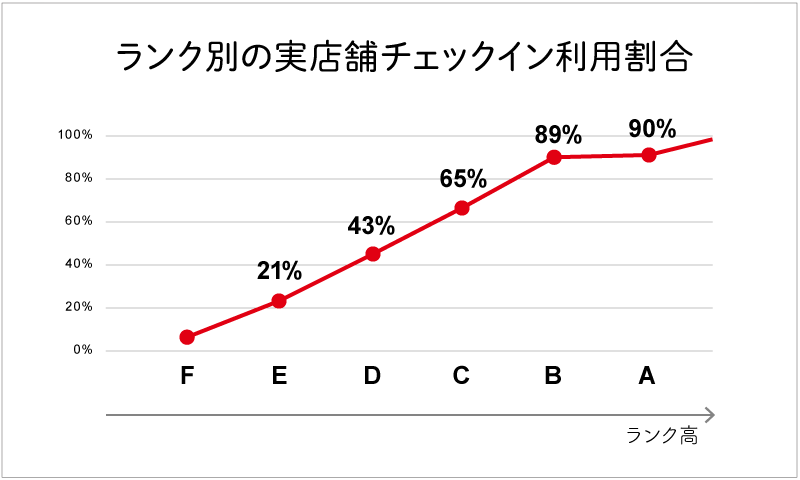
Heavy users who achieve high ranks in the loyalty program have a higher rate of physical store check-in usage.
Result 6: Sponsoring Companies' Own Campaigns on the App
Sponsor companies also ran their own campaigns on the Club J.LEAGUE platform.
For example, Meiji Yasuda Life Insurance ran a campaign on Club J.LEAGUE in partnership with DAZN, offering "DAZN 3-month free tickets" as prizes. While this was the sponsor's own campaign, it also contributed to increasing Club J.LEAGUE membership. This was achieved by engaging many users through the efforts of Meiji Yasuda Life Insurance sales representatives.
This can also be seen as a new initiative within the "marketing co-creation model" ( see Part 4 of the series ) between sponsors and content holders, enabling them to reach "potential audiences that the J.LEAGUE alone cannot fully access."
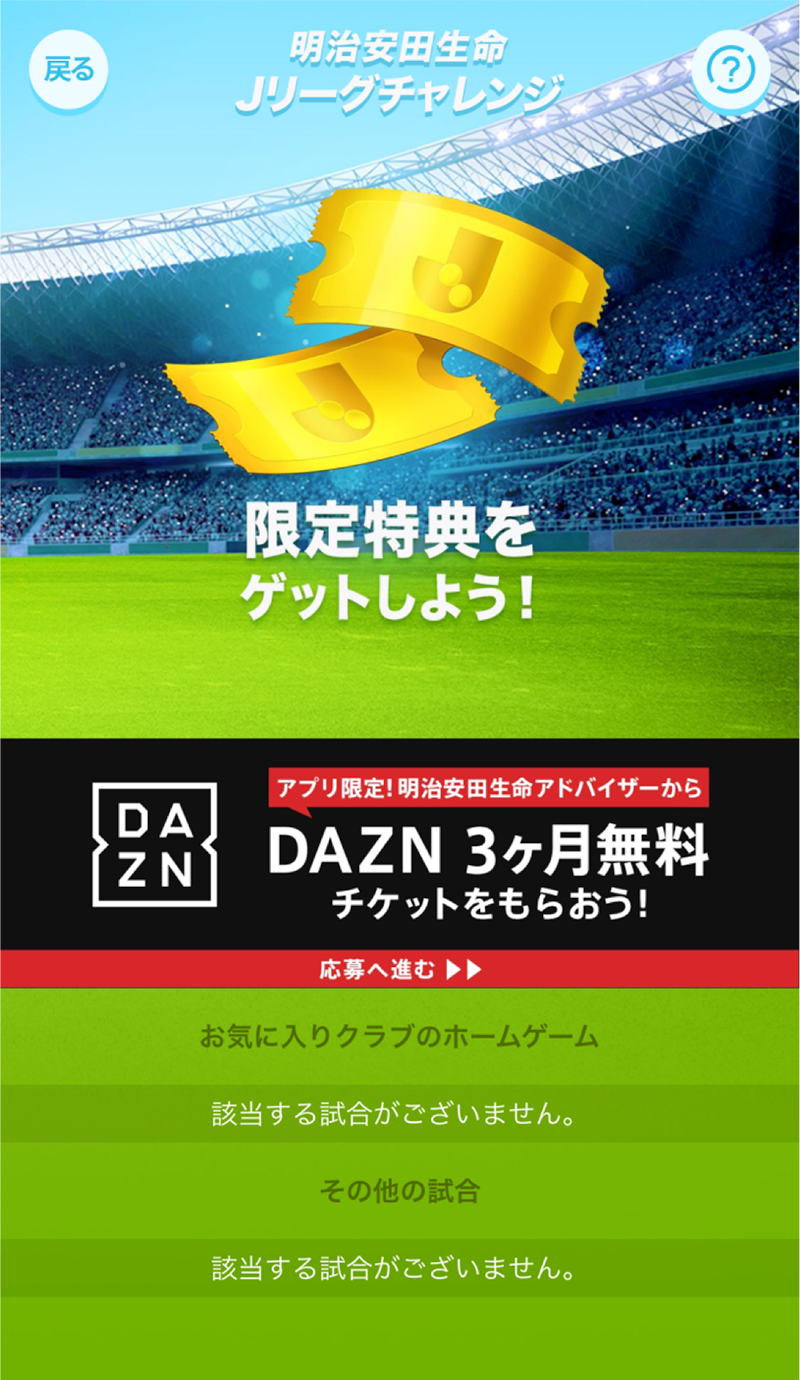
Sponsor campaigns on Club J.LEAGUE drive new customer acquisition for both the app
and the J.LEAGUE itself.
Two Challenges for Scaling the Service Further
While Club J.LEAGUE launched very successfully, challenges have emerged for attracting more users.
Challenge 1: Addressing the widening gap between clubs beyond mere user acquisition
Club J.LEAGUE features a "Favorite Club" registration function for each member. However, significant disparities between clubs are evident here. Even among clubs that should have comparable stadium attendance figures, the difference in "Favorite Club" registrations can be as much as sixfold.
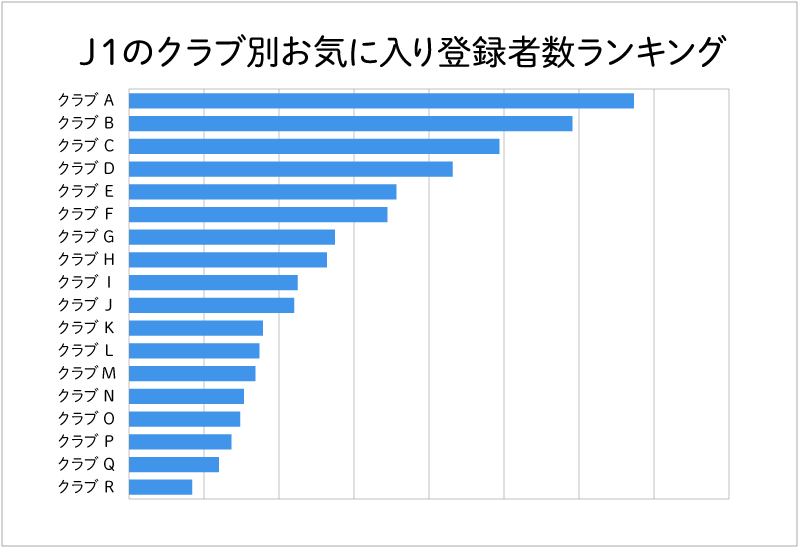
Even among J1 clubs with comparable attendance levels, the difference in favorite club registrations can be as much as six times.
Clubs actively utilizing Club J.LEAGUE, running campaigns and push notifications, are seeing steady growth in their favorite registrations, demonstrating that a club's commitment is reflected in the results. However, it also strongly indicates that to further grow Club J.LEAGUE in 2018, it is essential to involve more clubs.
Challenge 2: Core Fans Not Participating in Loyalty Programs
Surveys and group interviews revealed a significant number of "core fans who frequently attend stadium matches and regularly use Club J.LEAGUE, but do not utilize the loyalty program."
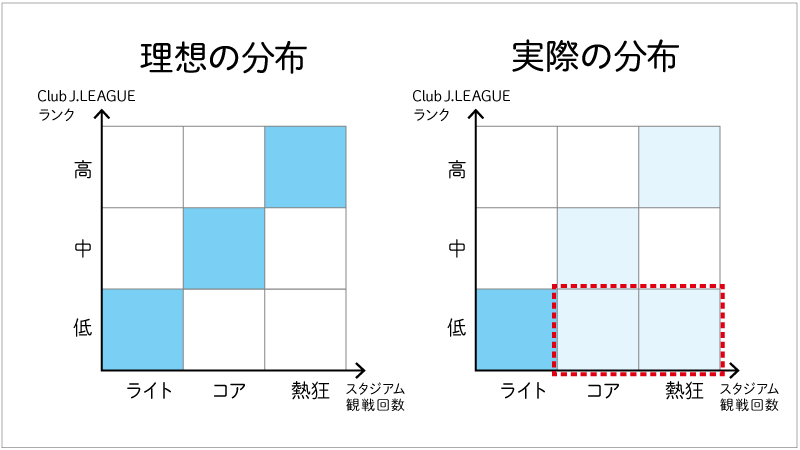
The left side shows the ideal distribution, assuming that the more dedicated a fan is to the J.LEAGUE, the higher their rank in the loyalty program. However, the reality, shown on the right, is that being a dedicated fan does not necessarily equate to a high rank.
This is largely due to the following two factors:
・Lack of motivation
・Lack of digital literacy
In 2018, we will implement new initiatives and service updates to address these issues.
The Potential of Digital-Driven Fan Marketing in Content
Over the course of five installments spanning roughly six months, we've explored not only our initial concepts but also uncovered new discoveries and developed new models.
From a Sports × Digital perspective, initiatives leveraging digital technology for "athletes" have clear goals and are already generating and utilizing various services. However, the area of "using digital power to make fans love the sport more" remains largely unexplored.
Moving forward, I believe initiatives will continue to advance across various sports and even beyond sports into the broader content business sector as we approach 2020. I encourage those involved in content business to consider applying the Club J.LEAGUE model within their own business domains.
I, too, will continue pioneering this unexplored territory.












